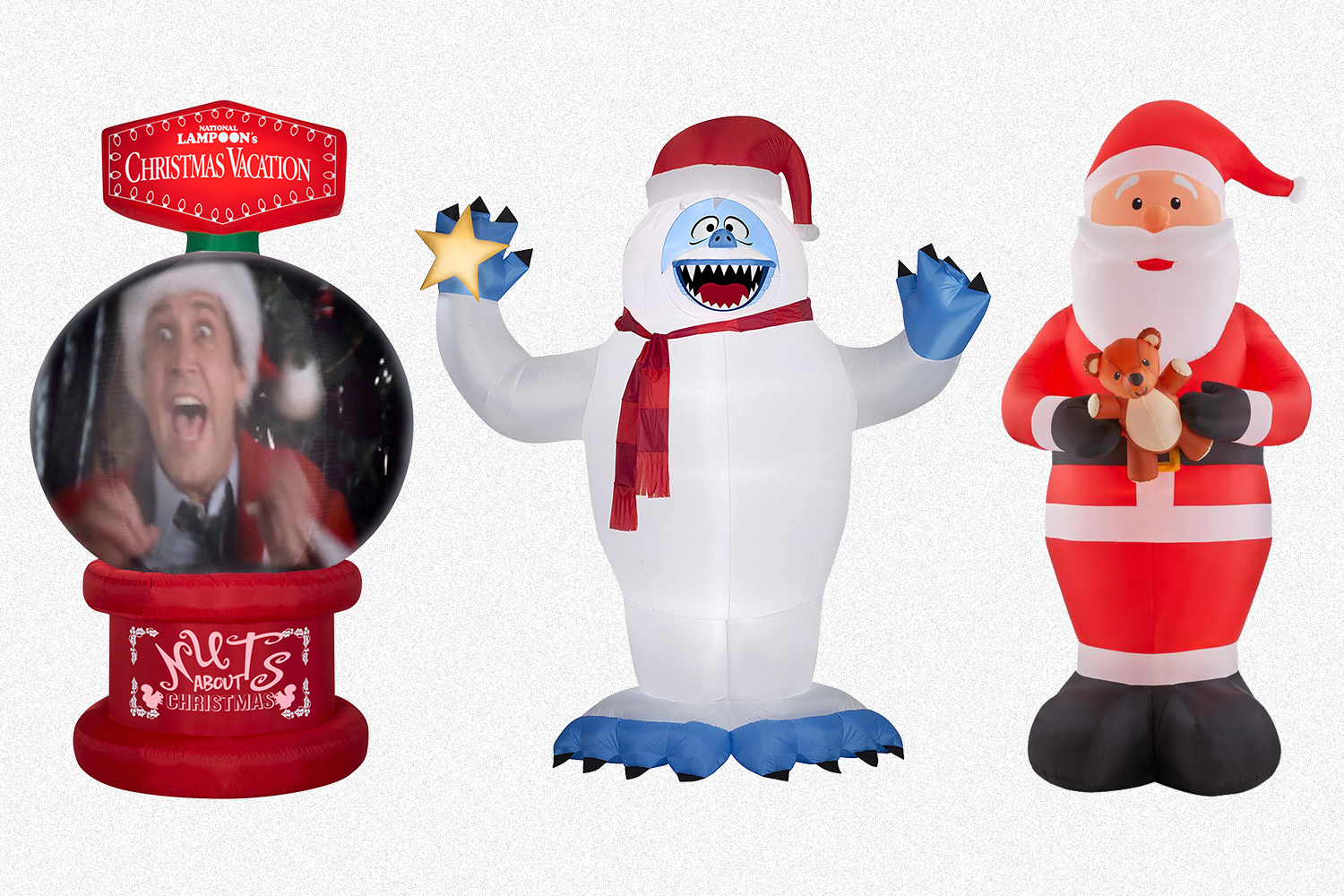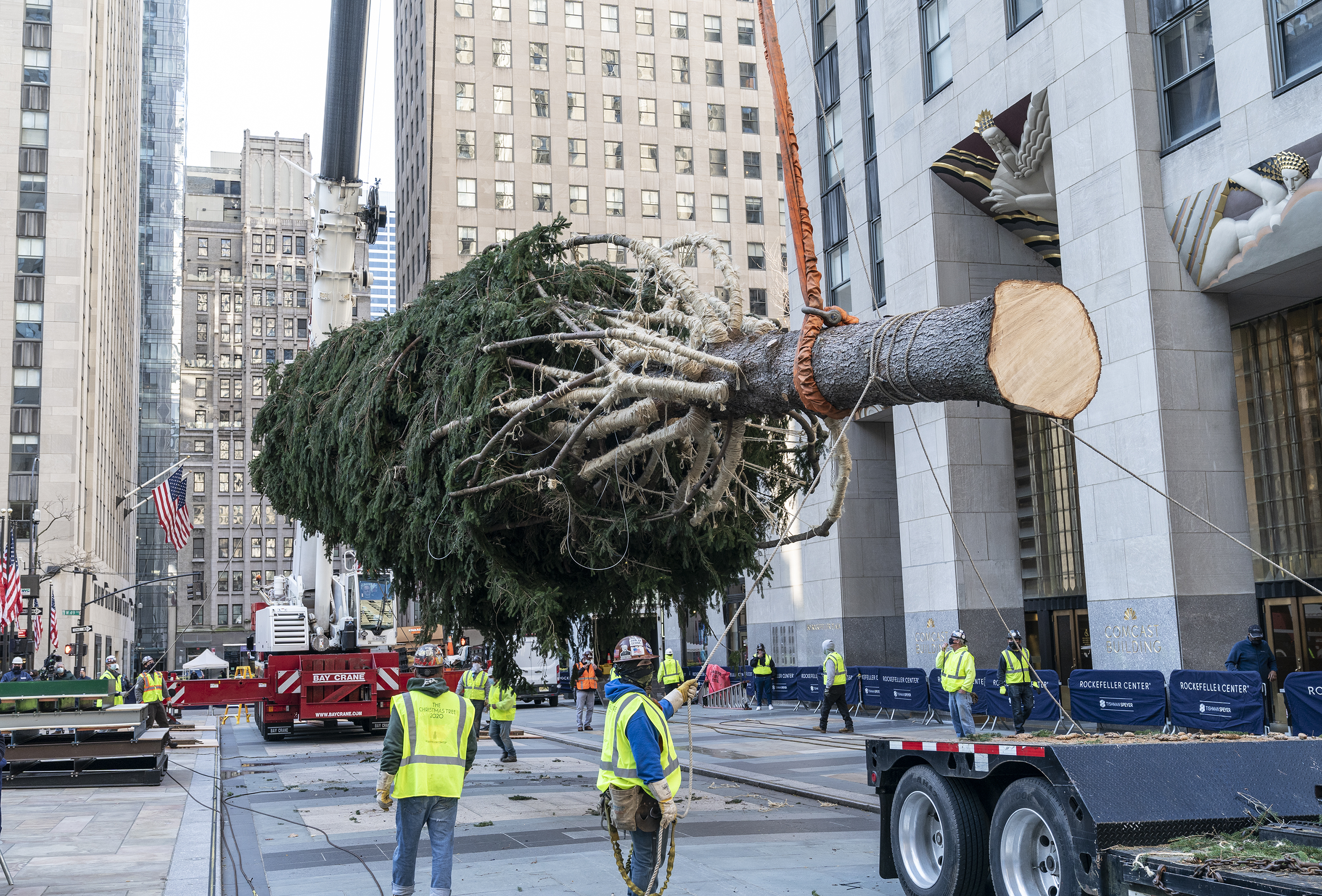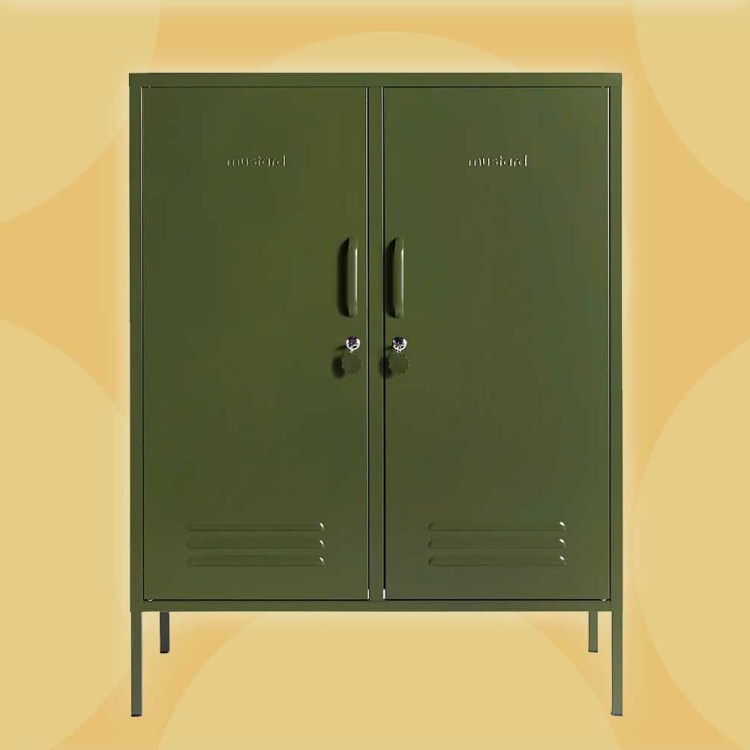Want to see how our culture has changed over the years? Look to the holiday movies.
The Christmas canon used to center around heterosexual relationships — epitomized by the dozen or so in Love, Actually — but this year Hallmark is debuting its first holiday film centered around a gay couple. In both movie versions of Miracle on 34th Street, Kris Kringle is a jolly old fellow; but in 2020, Kurt Russell and Mel Gibson are imbuing their takes on Santa with a heavy dose of machismo (the former amusing, the latter categorically insane). The clearest linear progression, however, comes not in the plot or characters, but on the front lawns.
In A Christmas Story, which takes place around 1940, there’s the gaudy tree and leg lamp, but the exterior of the Parker house is devoid of ornamentation. In National Lampoon’s Christmas Vacation, Clark Griswold’s Christmas light excess is supposed to be farcical, but by today’s standards his design is practically tasteful. I’d compare our modern holiday decorating standard to 2006’s forgettable Deck the Halls, in which Matthew Broderick and Danny DeVito go head-to-head in a decorating slugfest — but we’ve gone even more off the rails than that.
In 2020, society’s outdoor Yuletide decorations have stepped boldly into a new era, one where the ginormous novelty object is king. You’ve probably seen them — inflatable Santas, two-story Frostys, Home Depot’s 12-foot Halloween skeleton repurposed as part of a Nightmare Before Christmas theme — as they’ve risen on front lawns, backyards and even rooftops in your neighborhood, kickstarting a Christmas season that seems to be arriving earlier than ever.
But when did we collectively decide to ditch string lights and nativity scenes in favor of towering, tacky monoliths? It all goes back to another equally kitschy gimmick: the Big Mouth Billy Bass.

The Advent of the Inflatable
Most of the oversized blow-up decorations you see staked and inflated on holidays like Halloween and Christmas are from a company called Gemmy. (Last year, the company estimated they owned 90-95% of the market share.) They’re the same business behind the Big Mouth Billy Bass, the singing animatronic fish that took the country by storm around the turn of the millennium — a truly viral moment before we called things “viral moments” (just be glad that caroling fish and TikTok didn’t intersect). As the Wall Street Journal reported in 2006, Gemmy had moved on to inflatable decorations after positing that regular consumers would get a kick out of owning versions of the “gorillas and dinosaurs that retailers sometimes use to announce grand openings and sales.” They were right.
Even back then, the Journal made note of the immense size (four to 12 feet tall) and relatively high price (up to $300) of the inflatable decorations, but you get the sense in the article that the popularity was among the kind of people who set their Christmas lights to music; and certainly those who take pride in their annual festive displays — I’m thinking Tim Taylor in the sitcom Home Improvement here — go through phases and trends like any hobbyist. But slowly, surely, these inflatables started spreading to more conventional households, the kind who had traditionally just pulled out the same box of string lights and garland every year.
“Obnoxious-looking” is how Toronto resident Amy Westin described a 14-foot tall inflatable Santa to the Toronto Star in 2013. That was after she had already bought it and inflated it, along with no fewer than 28 of her neighbors. The fact that it was obnoxious, wacky and over-the-top was exactly why she bought it in the first place, and that bit of consumerist Christmas cheer spread down the block. Now, Inglewood Drive inflates its enormous Santas every year, adopting a new name: “Kringlewood.” It seems others have had the same reaction — a “woman trying kombucha” moment, if you will — moving quickly from revulsion to curiosity, and then curiosity to shameless acceptance.
The Golden Age of Front-Lawn Kitsch
Now, the monstrous inflatable decor is a staple of every retailer. Head over to the outdoor holiday decorations section of Home Depot, Lowe’s, Target, Wayfair or Walmart and you’ll see “Inflatables” headlining the offerings, supplanting the more modest decor of yore like wire-frame reindeer or tasteful wreaths.
There are new designs every year, but the standouts this season include a 12-foot Abominable Snow Monster (that, on a personal note, my neighbors are currently displaying, and is also almost sold out everywhere), light-up 12-foot Santa and 18-foot Frosty the Snowman, as well as the elaborate scenes of pirate Santa and helicopter Santa. Despite the winter weather hallmarks of wind, ice and snow posing a threat to these glorified balloons, companies like Gemmy make them bigger and more complex each season (for example, we’re now getting inflatables that show scenes from movies like Christmas Vacation).
This isn’t simply about inflatables, though. The most recognizable king-sized lawn ornament of 2020 doesn’t need a fan up its behind; it’s the aforementioned Home Depot skeleton that went viral a month before Halloween, selling out across the country. After the fervor, a merchant in the company’s decorative holiday department who came up with the $300 sensation said Home Depot is “always trying to do something bigger and better” and that they’ve “got a lot of concepts” they’re working on for next year. So while they didn’t have time to produce a 13-foot-tall Buddy the Elf for this Christmas, you can bet ensuing holidays will have even more companies getting into the business of colossal one-and-done decorations.
Where does this lead us, though? Is this just the Christmas version of the various misguided consumerist arms races, like Supersize fries or the Cadillac Escalade? It’s easy to see it that way, especially if your household is the only one relying on the ever-discriminating taste of design icons like Martha Stewart while your neighbors’ yards fill with inflatables like the American Museum of Natural History on Thanksgiving Eve. But if you’re the Scrooge in this argument, take a note from Martha, whose empire co-signed an interesting holiday design trend last year: “maximalism.”
There’s a reason why a 12-foot skeleton gripped the world in its bony palm, and why dozens of two-story inflatable Santas turned an otherwise staid street into Kringlewood. These monumental decorations are absurd enough to disrupt our jaded daily existence, stop us from scrolling or strolling, and find joy in the spectacle of our own neighborhoods. We’re dealing with a pandemic and a fraught election; as a society, we can’t rely on the old standards to bring us together, so we’re making new ones without fully realizing it.
Is it still technically classic American consumerism we’re relying on here? Sure, but at least it’s better than Big Mouth Billy Bass.
This article was featured in the InsideHook newsletter. Sign up now.

















